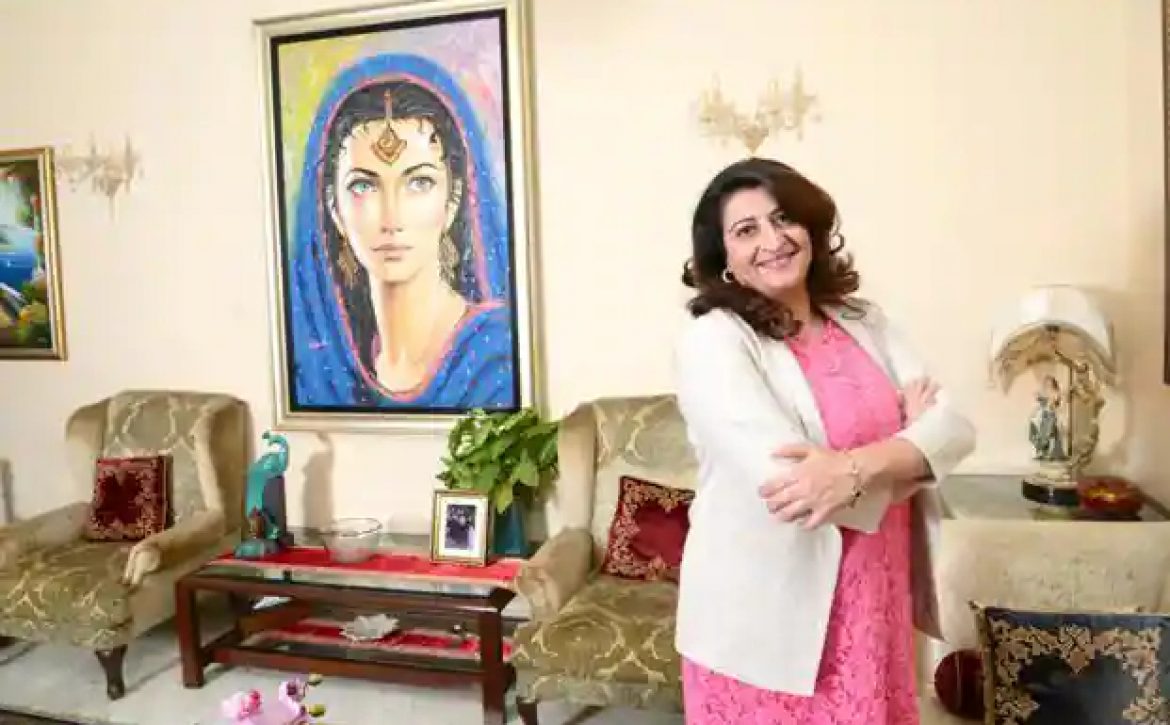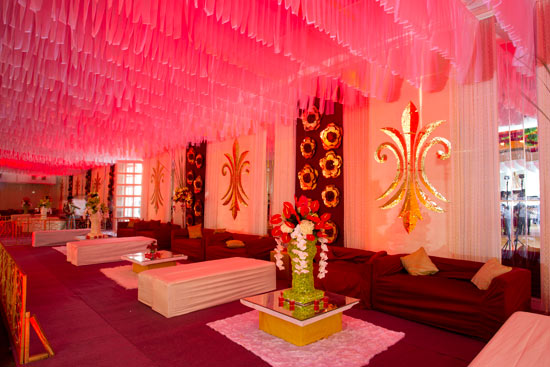Not so picture perfect: Getting candid about those exotic foreign shaadis
Source: Times of India
If there is anything that tops a big fat Indian wedding in India, it’s a slimmer but infinitely more glamorous foreign destination wedding. Think dreamy nuptials in an Italian wine resort or on the idyllic beaches of Bali or the Turkish Riviera. Guests clad in carefully colour-coordinated attire in aisles blooming with flowers holding flutes of sparkling champagne. A Sabyasachi bride flitting around a picturesque mandap. But this pastel-tinted dreaminess can be marred not just by logistical problems but by a disgruntled aunt who has been forced to wear “inauspicious” off-white by “an event management girl” or a jetlagged uncle surly with tiny “vilayati” portions on his plate or the groom’s parents who think the Thai destination doesn’t exactly have the royal look they wanted.
Even before Prime Minister Modi advised us to shun offshore destination weddings last week and become more “vocal for local,” there were some who were waking up to the flipside of a “vacation wedding”. For starters, invitees have to factor in the added costs and headaches of arranging flights and visas. Then there are sundry relatives cribbing about being left out of the ‘intimate’ guest list. Make-up artists worry about work permits, and hassled planners make do with reduced staff.
But still the pursuit of “exotic” and “exclusive” continues, spurred on by the viral images of celebrity weddings like Anushka Sharma-Virat Kohli or #Virushka and Ranveer Singh-Deepika Padukone. New hotspots — from Oman and Jordan to Masai Mara in Kenya — have emerged, besides old favourites like Thailand and Turkey. “I have had clients who say they want a beach wedding in Tulum, Mexico without once thinking of logistics,” says Ekta Saigal Lulla, founder of ESL Events which has organised several destination weddings in Europe and the UAE. And logistics for Indian weddings are no easy task. Lulla goes armed with a retinue of maharajes and halwais (cooks) to cater to the very specific dietary needs of her Indian guests. “Majority of the Indians who spend on international destination weddings are vegetarians. Not all hotels abroad can match their palate. And Indians from India are more pampered than NRIs. They have more housekeeping and laundry demands. They don’t get up once they sit down to eat. Food has to be served on their tables. International markets are not suited for such services,” she says.
Parthip Thyagarajan, co-founder and CEO of WeddingSutra.com, says the Indian wedding traveller is a “different animal” altogether. “Everyone prefers a direct flight. And upon landing, they don’t like drives which are more than three hours to the hotel. So, for example, Hambantota in Sri Lanka, even with a nice resort, hasn’t taken off but Hua Hin in Thailand is very popular for Indian weddings because it is just three hours from Bangkok,” he says. Families may make as many as six recces ahead of a wedding for food tastings just to get it right. Thyagrajan says not all hotels are equipped to handle the entire paraphernalia that comes with a demanding desi shaadi guest. “Hotels with a dynamic general manager who understands this kind of a traveller and has the patience to negotiate with families do well,” he says.
Arjun Chandra, a 30-something design and branding consultant in Delhi who recently attended a wedding in Thailand, was surprised by how desi the menu was. “The food was entirely Indian! Why won’t you have one counter for Thai food? I have flown all the way to attend your wedding and I can’t even sample the local food?”
If cuisine crankiness is a challenge that organisers have learnt to overcome, there are also those who want to recreate traditional Indian settings in a foreign locale. It is a demand that Ashima Arora, co-founder of Aroosi Events, a wedding design company, is familiar with. “In places like Vietnam, they are not accustomed to renting out furniture or quickly fashioning elaborate structures from thermocol, metal or mesh,” Arora says, who sent technical drawings to create Indian wedding furniture to local craftsmen in Vietnam for a recent wedding she organised. Veteran wedding planner Meher Sarid feels there is no point to a desi theme in such a setting. “We are not doing a destination wedding to erect massive structures in a new country. We are doing a destination because we want to take in the local ambience and culture. Why increase costs by creating huge tents with an Indian ambience when you’ve come abroad?”
And did the nuptials really happen till you have managed to capture every candid and posed moment for posterity? Gurugram-based Karan Sidhu, an award-winning wedding photographer, has seen Indian wedding guests, especially the elderly, struggle because events are spread across venues which means an endless wait for shuttle buses because taxis are too expensive. There is even the problem of theft. “I don’t know if this is a coincidence or not but in so many destination weddings, I have heard of jewellery being stolen from inside lockers in hotels,” says Sidhu.
Some things are impossible to be fully prepared for — even with all the planning. A wedding guest from Bengaluru had a memorable experience in Antalya in Turkey at a friend’s wedding. “So many guests would just take off to explore the city, missing out on functions. Many created random scenes after getting drunk. Someone drove the hotel cart himself and banged it into a pole!” he exclaims.
There’s also little room for the fashionably late which is par for the course in Indian weddings. Shrey Bhagat, founder and creative director of Raabta photography in Mumbai, says hotels in places like New York and Florence often follow strict timelines and one cannot prolong baraat and pheras with a pandit on Indian Standard Time. Little wonder families are learning to make more practical choices. “This year, I have seen several of my clients choosing to do the actual wedding in India, but the pre and post-function parties are being done in places like Egypt and Maldives,” adds Bhagat.
















